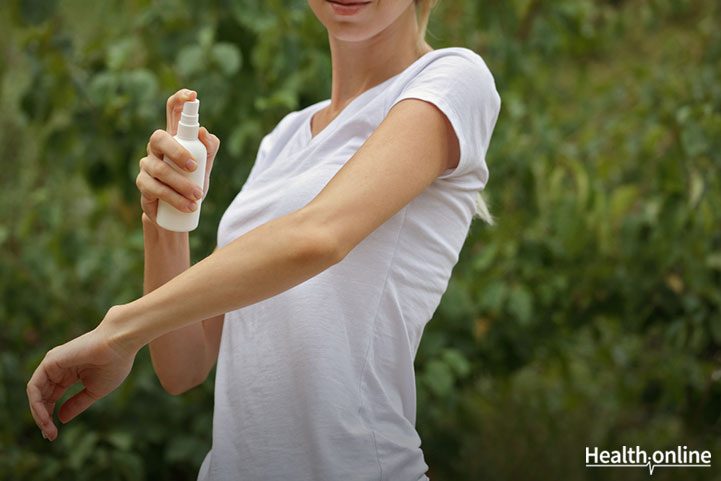
Avoiding Bug Bites During International Travel
We all love traveling. But there are things you need to keep in mind while heading to another country. The insects you are likely to encounter in different parts of the world are definitely something you need to be aware of. Bugs like flies, ticks, mosquitoes, etc. can cause various types diseases such as Dengue, Zika, Lyme, etc.
However, steps can be taken to avoid bug bites while traveling abroad. Read on to learn about them.
How to avoid bug bites?
One of the most effective ways to prevent bug bites is to use insect repellants. It is suggested to use insect repellents which are registered with the EPA (Environmental Protection Agency), and have at least 20 percent DEET in them, to avoid bug bites. Other available repellents might be useful against mosquitoes, but not against tick or other bugs. If a repellant isn’t registered by the EPA, you can’t be assured of its effectiveness. However, certain essential oils and home remedies may also prove to be useful when it comes to insect bite prevention.
Also, cover up, especially while going out, to avoid bug bites. Clothes and other gear like boots, pants, socks, and tents should be treated with insecticide. Care should be taken while using an insecticide; for example, it should never be applied directly to the skin.
Choose hotel rooms that are air-conditioned or have good windows and door screens, to prevent bugs from entering the room. If this cannot be done, then opt for sleeping under an insecticide-treated bed net. For bigger areas, such as while going outdoors, using repellents like mosquito coils, that contain metofluthrin or allethrin.
Recommended Read: How to Stay Healthy on a Road Trip
How to avoid Bed Bug Bites?
Bed bugs are a major threat, that causes harm to your property and creates a lot of inconveniences. Bed bug bites do not transmit disease but cause discomfort and even infection. The most effective way to prevent a bed bug bite is regular inspection, to check for signs of infestation.
A bed bug bite looks like the red itchy spots on the parts of the body that do not have much hair. A bed bug bite can be in a line or can be clustered, as the bugs feed on multiple sites. A bed bug bite can be allergic and lead to inflammation and itchiness due to the saliva of the bed bug.
Since the hotel rooms are used by different occupants, they are more prone to bed bugs. To check the presence of bed bugs in the hotel room, you can look for the signs of fecal smears or blood spots on the mattress, blankets, or on the bed sheets. The common breeding place for hotel bed bugs are the folds of the fabric or near the seams. Signs of discarded insect exoskeletons in the crevices of the furniture or carpeting. To check if a site is highly infested by bed bugs, look for signs of a sweet musty aroma, like that of almond extract, rotten raspberries, or unwashed sheets.
Additional travel advice
While it is best to simply not use hotel rooms that have bed bugs, if there is no other option, then use bed bug exclusion bags. Also be sure to wash all your clothes (particularly the ones you sleep in) when you get home.
Always carry with you insect repellent, bed netting, and protective clothing, while traveling. Using a sunscreen along with an insect repellent is an effective and safe way to have fun under the sun while travelling. A sleep sack provides added protection against bed bug bites. The sleep sack should be washed in hot water and dried properly in heat, in order to kill the bedbugs. Also, special care must be taken for babies, young children, and pregnant ladies.
If you follow all the aforementioned pointers, you are sure to be reasonably safe from the risk of dangerous bug bites.
Keep yourself updated with the latest on Travel Health . Like us on Facebook and follow us on Twitter for more on Health , Diet & Nutrition and Fitness . Also, check out our Health Tools and try out our health-related Quizzes .




